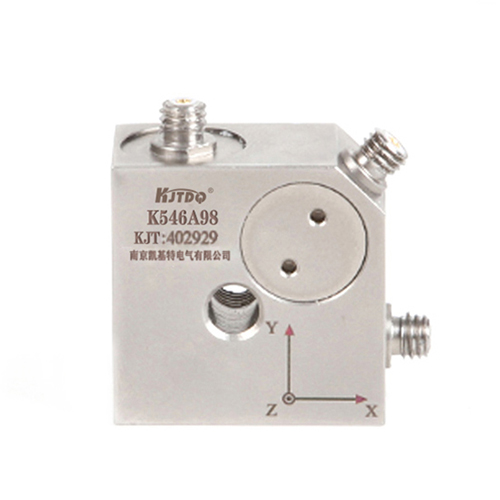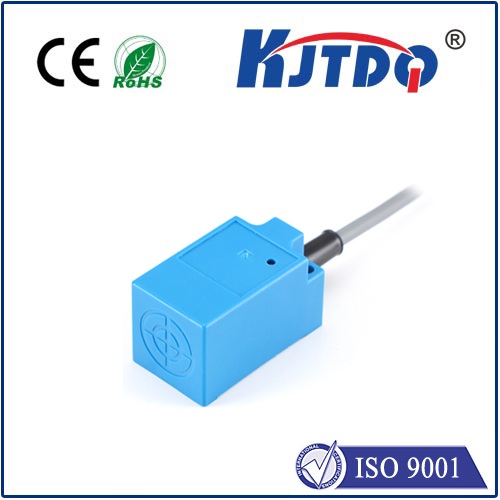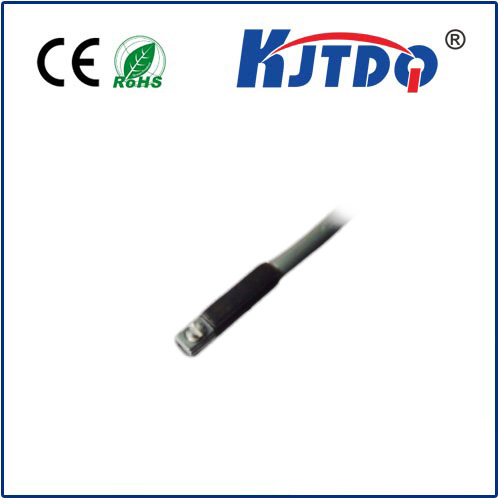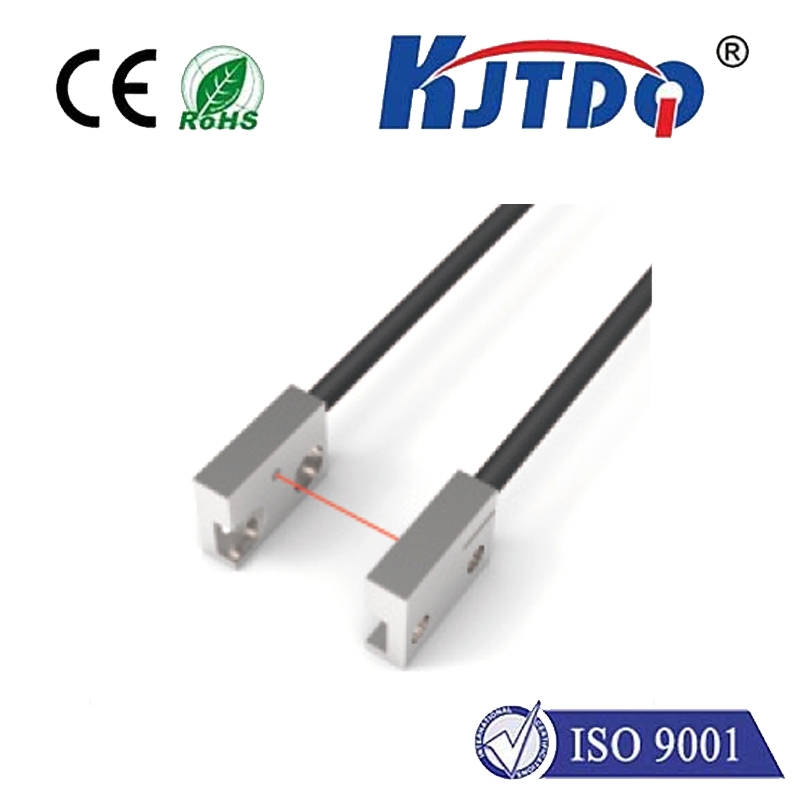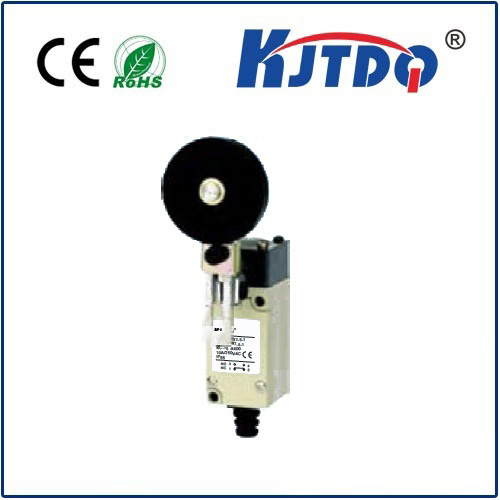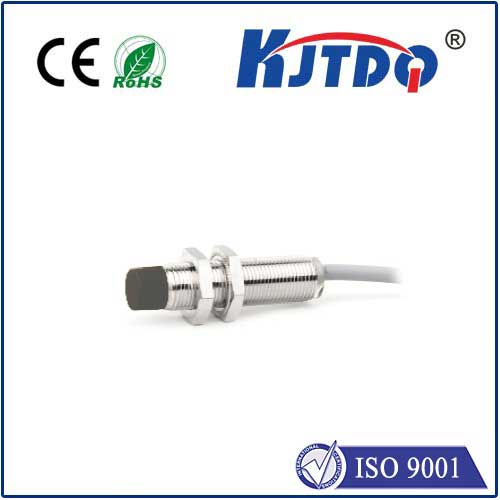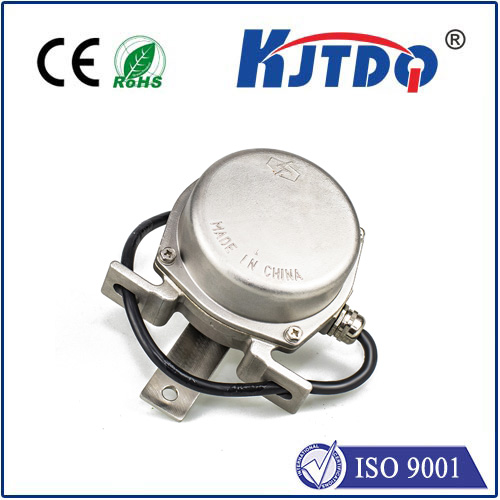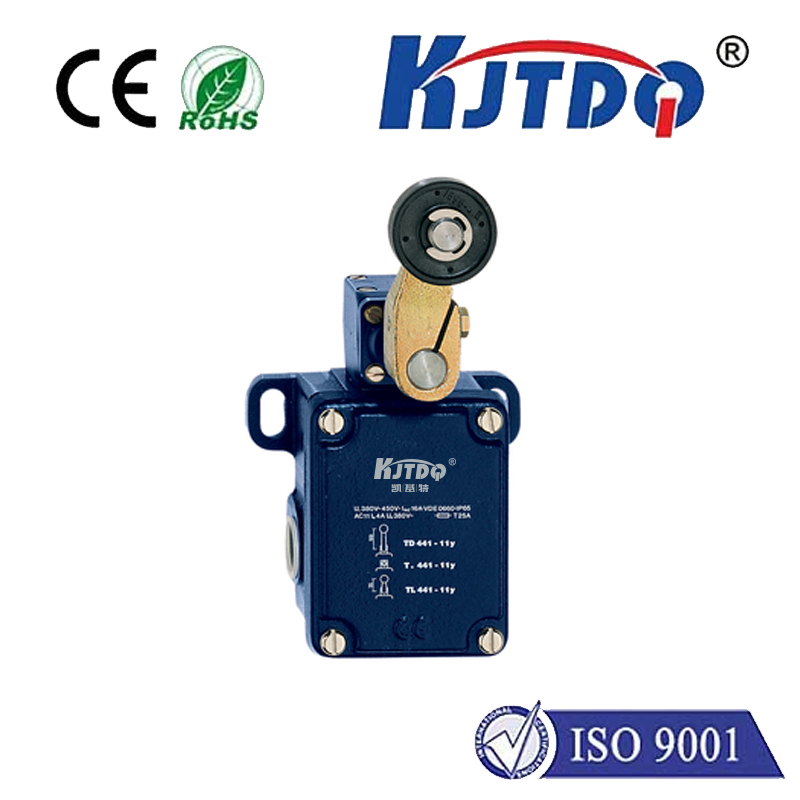laser level electric sensor
- time:2025-09-11 04:29:14
- Нажмите:0
Laser Level Electric Sensors: Automating Precision in Modern Alignment
For centuries, achieving perfect level or plumb lines relied on skilled eyes, delicate bubbles in vials, and meticulous manual adjustments. While traditional spirit levels served humanity well, the demands of modern construction, manufacturing, and installation have evolved, requiring unprecedented speed, accuracy, and reduced human error. Enter the laser level electric sensor – a sophisticated fusion of optical guidance and electronic feedback that is fundamentally transforming precision alignment tasks. This technology represents not just an incremental improvement, but a leap towards automation in a domain where perfection is paramount.
At its core, a laser level projects a highly visible beam of light – either a dot, a line, or even multiple lines crossing at 90 or 180 degrees – onto a surface. This beam provides a clear, unwavering reference point for leveling or aligning objects. The revolutionary element added by the electric sensor is its ability to detect the position of this laser beam relative to itself. Think of it as giving the laser level “eyes” and a “brain.”
Here’s how the magic typically works:
- Projection: The laser level emits its reference beam.
- Detection: An electric sensor, often a separate receiver unit or integrated into specialized targets or machine components, detects the precise location where the laser beam strikes its surface. These sensors usually employ photodiodes or similar photosensitive elements arranged in an array.
- Signal Conversion: When the laser hits the sensor, it generates an electrical signal. The position of the beam on the sensor’s surface determines the specific signal characteristics (e.g., which specific diode is activated, or the differential signal between diodes).
- Feedback & Action: This electrical signal is interpreted by the integrated sensor circuitry. Crucially, this information is then used to provide feedback:
- Visual/Audible Indication: Simple sensors might illuminate LEDs (left, right, on-target) or emit beeping sounds to guide a user holding the sensor towards the laser line.
- Automatic Adjustment: More advanced systems use this signal as feedback for a closed-loop control system. The sensor’s output is fed to motors within the laser level base or the machine being aligned. If the signal indicates deviation from the desired position (e.g., the laser isn’t centered on the sensor), the system automatically triggers the motors to adjust the laser level’s position (for self-leveling types) or directly adjust the connected machinery until the beam is perfectly centered on the sensor again. This is the essence of automatic alignment.
Why is this Fusion of Laser and Electric Sensor So Powerful?

The benefits of integrating an electric sensor with a laser level are substantial and address key challenges in precision work:
- Unmatched Accuracy & Consistency: Electric sensors eliminate the parallax error and subjectivity inherent in interpreting a bubble vial. They detect the laser beam’s position with incredible precision, often down to fractions of a millimeter over significant distances, ensuring repeatable results every single time.
- Enhanced Speed & Efficiency: Manual leveling and alignment are time-consuming. A лазерный датчик уровня жидкости system drastically speeds up setup. Users find the line quickly with a receiver, and in automatic systems, the self-leveling and aligning happen almost instantaneously. Tasks that took hours can be reduced to minutes.
- Increased Range & Visibility: While powerful, laser beams can be hard to see in bright sunlight over long distances. Dedicated receivers, acting as specialized electric sensors, can detect the laser beam far beyond the range of the naked eye, extending the effective working distance significantly.
- Reduced Human Error & Fatigue: By automating the detection and adjustment process, these systems minimize reliance on operator skill and judgment for the core alignment task. This reduces mistakes and operator fatigue, especially on long projects or complex setups. Single-person operation for tasks previously requiring two sets of hands becomes feasible.
- Enabling Automation: The electrical signal output is the key. It allows laser level sensors to interface directly with control systems. This forms the backbone for automated machinery alignment, robotic positioning systems, and sophisticated assembly lines where maintaining precise alignment is critical without constant human intervention. The closed-loop feedback is transformative.
Where Laser Level Electric Sensors Shine: Core Applications
This technology isn’t theoretical; it’s solving real-world problems right now:
- Construction & Site Work: Setting foundations, aligning structural steel, installing suspended ceilings, laying pipes and conduits, grading land. Self-leveling rotary lasers with receivers ensure large areas are perfectly level. Pipe laser sensors ensure pipelines are laid accurately on grade.
- Industrial Machinery Installation & Alignment: Precise leveling and squaring of heavy machinery, CNC equipment, conveyors, presses, and turbines is critical for performance and longevity. Laser alignment systems incorporating sensors provide the accuracy needed far beyond traditional methods.
- Manufacturing & Assembly Lines: Ensuring components are positioned correctly on assembly jigs, aligning robotic arms, and verifying the straightness of tracks and guides. Integrated laser sensors offer continuous feedback for process control.
- Window & Door Installation: Achieving perfect level and plumb quickly during framing and installation.
- Solar Panel Array Installation: Ensuring rows of panels are perfectly aligned and angled for maximum energy capture.
- Elevator Installation: Aligning rails with extreme precision for smooth operation.
Choosing the Right System: Key Considerations
Not all laser level sensors are created equal. Key factors include:
- Type of Laser: Rotary lasers (360-degree coverage) vs. line lasers (straight lines) vs. point lasers (single dot). Match the projection to the task.
- Accuracy & Range: Required precision and the maximum working distance. Higher accuracy and range typically increase cost.
- Self-Leveling Capability: Auto-leveling is standard for most modern units, crucial for speed and ease of use. Check the leveling range and speed.
- Receiver/Sensor Features: Visibility modes (LEDs, digital readouts), audible signals, compatibility with specific laser models, outdoor brightness, and range capability. Does it support automatic machine guidance?
- Durability & IP Rating: Construction sites are tough. Look for robust designs and high Ingress Protection (IP) ratings against dust and water.
- Battery Life: Consider runtime and whether spare batteries or quick charging are available.
The Future is Automated and Precise
The integration of electric sensors with laser level technology has moved beyond simple convenience; it represents the strategic automation of fundamental precision tasks. By converting an optical reference into actionable electrical data, these systems deliver consistent, accurate results faster and with less labor than ever before. As sensor technology becomes more sophisticated, laser output stabilizes further, and connectivity improves, we can expect even smarter, more integrated laser alignment solutions capable of handling increasingly complex positioning challenges. From the foundation of a skyscraper to the delicate calibration of nanotech equipment, the laser level electric sensor is proving indispensable in building and maintaining the perfectly aligned world we demand.


